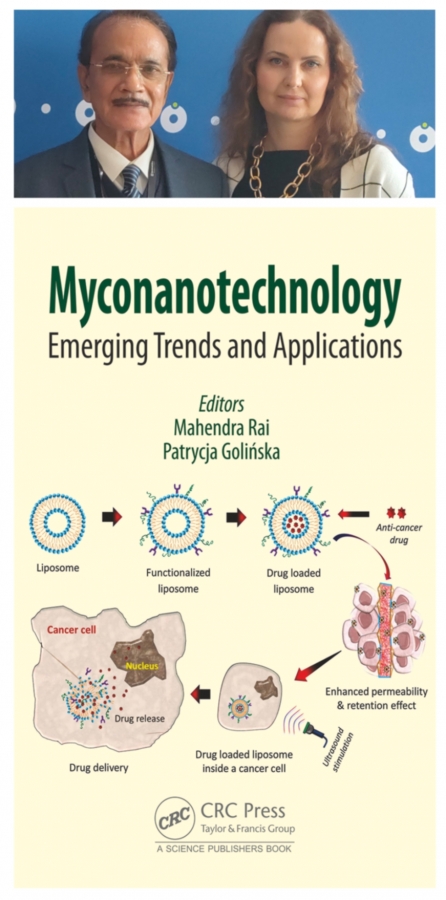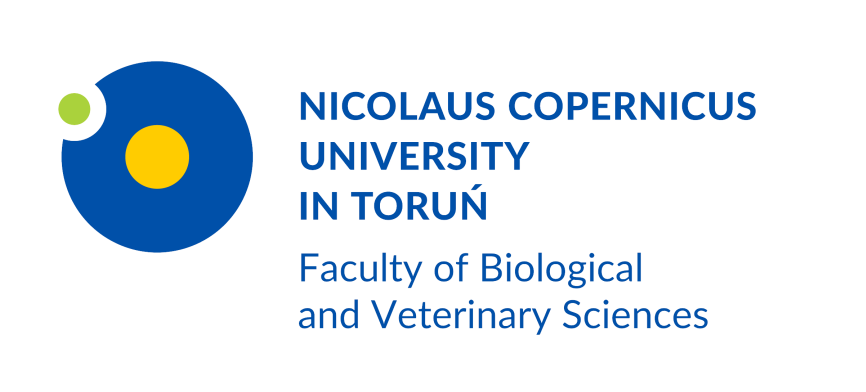
Researchers from the Department of Microbiology, Mahendra Rai (SGB Amravati University, India) - visiting scientist at the Faculty of Biological and Veterinary Sciences of the Nicolaus Copernicus University and Patrycja Golińska, associate professor of NCU, are the editors of the new monograph "Myconanotechnology. Emerging Trends and Applications” published by the prestigious publishing house CRC Press, Taylor and Francis Group.
The term "myconanotechnology" was first used by Rai and his colleagues in 2009. Myconenotechnology includes the use of fungi for the synthesis of nanoparticles in the size range of 1-100 nm and their application in medicine, food, agriculture, veterinary medicine, the environment and textiles.
The present book contains valuable chapters written by professionals and experts on the diverse aspects of myconanotechnology. The chapters have been divided into four sections, Section I introduces myconanotechnology and discusses the opportunities, emerging trends and constraints; Section II covers various biomedical applications including myconanotechnology for cancer, mycogenic nanoparticles as novel antimicrobial agents and formulations, myconanotechnology in vaccine adjuvants, challenges for crises to come, antioxidant activity of mycosynthesized nanoparticles, and fungal biofilms in nanotechnology era: diagnosis, drug delivery and treatment strategies; Section III discusses the role of myconanotechnology in agriculture, mainly strategic role in control of plant pathogens, as nanofertilizers for plant growth promotion, in food preservation and enhancement of shelf-life of Agri-food and fruits, and application for the control of insect pests; Section IV includes applications of mycogenic zinc oxide nanoparticles in medicine, agriculture, water management, textiles, etc., and a separate chapter has been dedicated to antimicrobial textiles. This book is interdisciplinary in nature and is intended for postgraduate and undergraduate students interested in fungal biology, microbiology, chemistry, nanotechnology, biotechnology, pharmacology, and those interested in green nanotechnology. It will also enrich academics and researchers from the pharmaceutical industry. The book is sure to expand and update readers' knowledge of myconanotechnology and its many applications in various fields.

 ul. Lwowska 1, 87-100 Toruń
ul. Lwowska 1, 87-100 Toruń